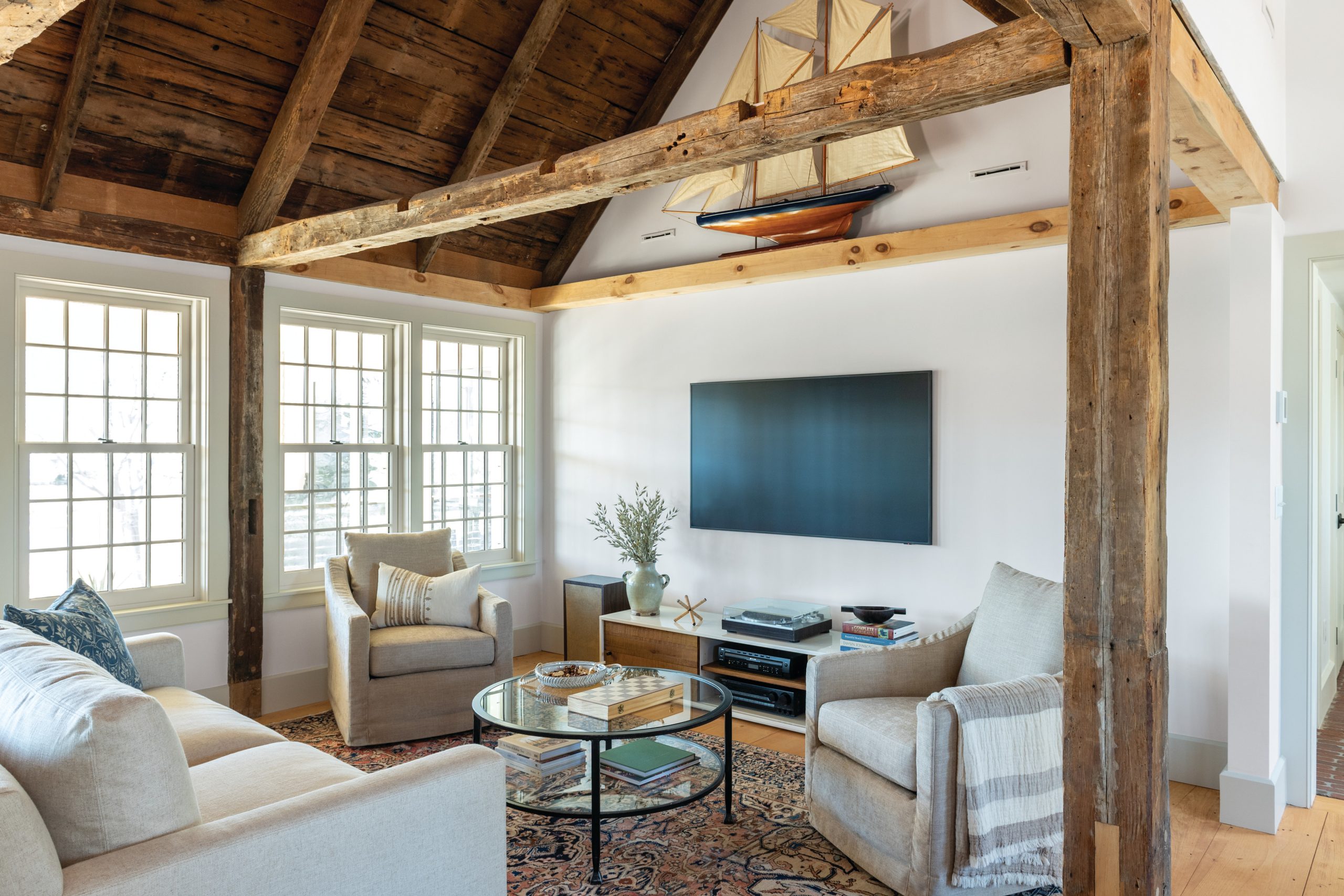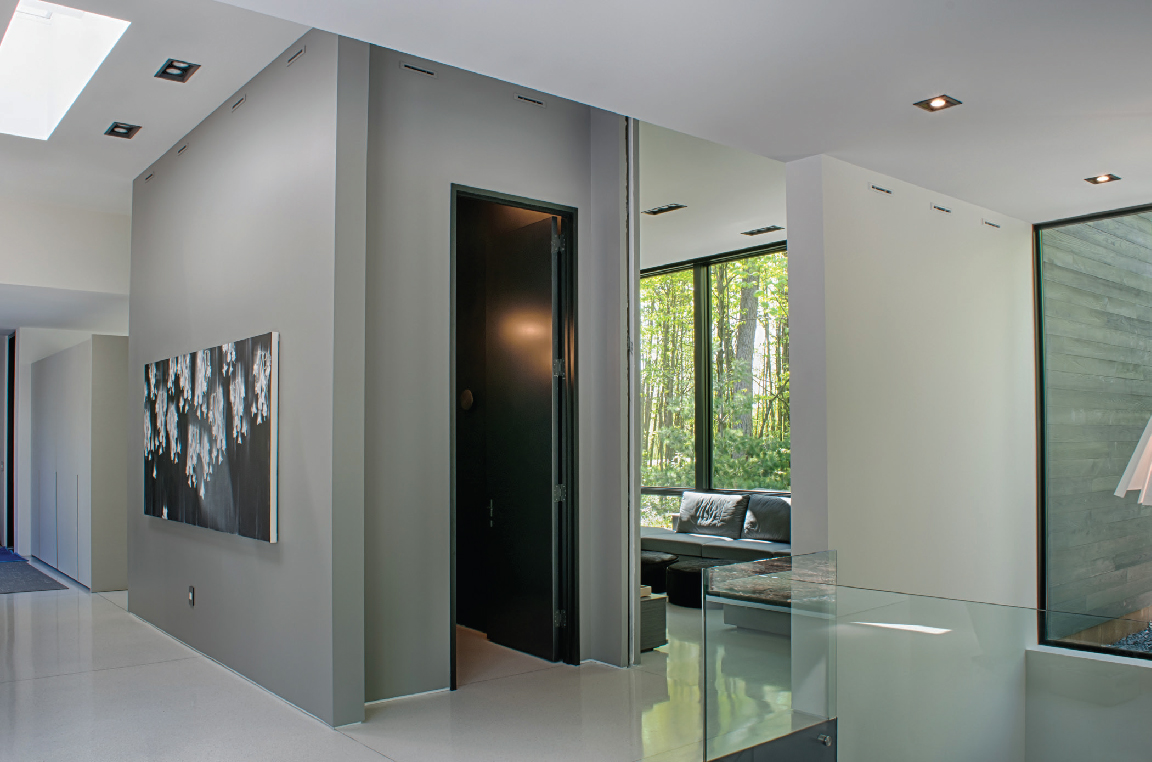Tips for Transitioning Your HVAC System from Heating to Cooling
March 28, 2024

When spring is on the horizon, the weather gets warmer, flowers start to bloom, and it’s a great time to prep residential HVAC systems for the cooling season. Before sunny days start to become the norm, it’s important to make sure your HVAC unit can keep your home comfortable for spring and summer.
If you want to save on monthly energy bills while lowering the risk of repairs, we’re here to help. Keep reading to discover HVAC maintenance tips that will help make your air conditioning run more effectively this year.
1. Check and Replace the Air Filter
Every residential HVAC system needs to have its air filters regularly changed to run efficiently. After the winter, it’s common for debris and dust to accumulate, making the system work harder to keep the set interior temperature. Ideally, you should be replacing the air filter for your HVAC system about once a month.
The next time you replace the filter, it’s a good idea to check on it every week. If you notice a high level of dust and debris accumulating, it’s often a sign that there’s a better filter option out there. Most HVAC unit companies have a recommended air filter for their systems. This will include the size and MERV rating that’s most compatible with your specific unit. Refer to your HVAC user manual to ensure you are using the right filter for your system.
2. Clear Out the Area Around Your AC Unit
Sometimes it’s easy to forget that your AC unit has been waiting patiently outside through the winter for the next cooling season. Over that time, leaves, sticks and other debris can pile up on and around the AC unit. Start the maintenance process by trimming any plants that are near the AC unit and check to make sure that no animals have made a nest. For the dust and debris, gently use a hose to spray the outside of the system and the cooling fins if there’s debris, like pollen, on them.
As you’re clearing the area, be careful not to damage any of the fans inside the AC unit. The grille that protects all the main components shouldn’t have any blockages. After all, your AC unit needs a clear path for the air to travel through to work effectively. Next, check all the wires that connect the system to the inside of the home. If you notice that any of these wires are frayed or damaged, call a professional to fix them.
3. Clean Out Your Home’s Vents and Ducts
It’s very common for debris to build up in vents and ducts over the course of the heating season. To start, grab a damp cloth and wipe down the outside of all the vents and ducts in your home. As you’re doing this, double-check to make sure all these outlets are unobstructed and can fully circulate the cold air the AC unit provides. If any of the vents or ducts are partially blocked, move the furniture to give the air a clear path. By taking all these steps, you’re helping your HVAC system be more efficient, resulting in lower energy bills.
For a more detailed cleaning, there are professionals who can vacuum out the interior of the vents and ducts. Most HVAC experts recommend that you do this once a year.
4. Have Your Air Ducts Inspected for Leaks
For many traditional HVAC systems, it’s a good idea to check all interior ducts for leaks. Ducts can develop leaks due to the small vibration that happens when the furnace runs. Every leak lets the cold air from your AC unit escape, which often leads to the system running more frequently. An HVAC professional can inspect all your ducts and seal any leaks they find throughout your home. This process helps ensure your HVAC system is running as energy-efficiently as possible.
5. Check Your Thermostat and Run the System
Your thermostat is designed to measure the indoor temperature and tell your HVAC system to match it. If the thermostat isn’t working, the entire system can’t work. To prepare for cooling season, you’ll want to make sure your thermostat is working as intended. It’s often easy to forget that many thermostats use batteries to operate. After you’re done checking the batteries, set the system to cooling mode and run it. Doing this ahead of time will help identify any potential issues before the warm weather hits.
As you’re going through this process, pay attention to how fast and accurate the thermostat is working. Keep in mind there are plenty of upgrade options that have modern features to help with efficiency, such as connecting to smart home systems.
Keep Your Home at Optimal Comfort with The Unico System
If you’re looking for optimal comfort year-round, consider upgrading your home with The Unico System. It’s an HVAC solution that offers draft-free, consistent temperatures, is whisper quiet, and uses less space than traditional systems. Don’t settle for having uncomfortable hot or cold spots throughout your home. The Unico System can maintain a temperature differential of within 2 degrees throughout the entire living space.
Get started on making your home more comfortable today by finding a Unico Preferred Contractor in your area.
Photo Credit: Mike Casey, This Old House
Need Help With Your Next Project?
Have a historic retrofit or a custom home project? Unico offers FREE Design Services for all of your upcoming projects.
Contact UsRelated Resources
You May Also Like
We'd love to hear from you
Do you have a project worth sharing in a Unico case study or a topic that would be perfect for The Outlet blog? We'd love to hear your thoughts and suggestions.
Submit a Case Study


